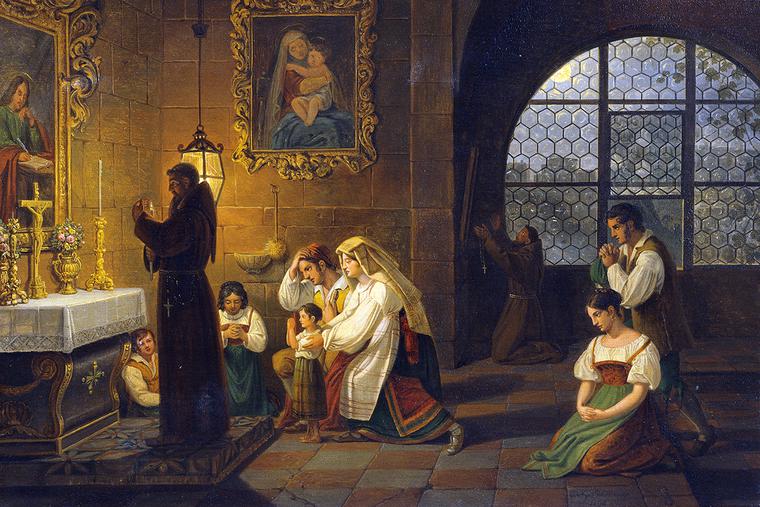Introduction:
In the rich tapestry of Catholic liturgy, the Latin Mass stands as a timeless expression of reverence, beauty, and sacredness. For centuries, worshippers around the world have been drawn to the solemnity and majesty of this ancient form of worship. In this article, we delve into the unique qualities of the Latin Mass and explore why it offers worshippers a profound and transformative spiritual experience.
The Language of Tradition:
One of the distinctive features of the Latin Mass is, of course, the use of the Latin language. While many modern liturgies are celebrated in the vernacular, the Latin Mass preserves a sense of continuity with the Church’s rich heritage. The use of Latin, the language of ancient Rome and the Church’s official language, connects worshippers across time and space, fostering a sense of unity with the countless generations of faithful who have gone before.
Moreover, the beauty and rhythm of the Latin language lend a sense of solemnity and reverence to the Mass, elevating the worshipper’s experience beyond the mundane and drawing them into the sacred mysteries being celebrated.
The Sacredness of Silence:
Another hallmark of the Latin Mass is the profound emphasis on silence. Throughout the liturgy, moments of quiet contemplation punctuate the prayers and readings, inviting worshippers to enter into a deeper communion with God. In the silence of the Latin Mass, one can encounter the presence of the divine in a way that transcends words or gestures.
Silence allows worshippers to quiet the distractions of the outside world and open their hearts to the promptings of the Holy Spirit. It is in these moments of stillness that the soul can truly be nourished and refreshed, finding rest in the embrace of God’s love.
The Beauty of Sacred Music:
No discussion of the Latin Mass would be complete without mentioning the exquisite beauty of its sacred music. From Gregorian chant to polyphony, the music of the Latin Mass has a timeless quality that speaks to the depths of the human spirit.
The ethereal melodies and harmonies of Gregorian chant, sung in unison by the faithful, transport worshippers to a realm of transcendent beauty. Similarly, the intricate polyphonic compositions of masters like Palestrina and Victoria elevate the Mass to a sublime art form, lifting the hearts and minds of all who hear them.
The music of the Latin Mass serves not only to adorn the liturgy but also to uplift and inspire worshippers, drawing them closer to the divine mystery being celebrated.
Conclusion:
In a world marked by constant change and upheaval, the Latin Mass stands as a beacon of stability and continuity. Its timeless beauty and solemnity offer worshippers a refuge from the chaos of modern life, allowing them to enter into a deeper encounter with God.
Through the use of Latin, the sacredness of silence, and the beauty of sacred music, the Latin Mass invites worshippers to experience the transcendent reality of God’s presence in their midst. It is a profound and transformative spiritual experience that continues to nourish the souls of believers across the ages.
